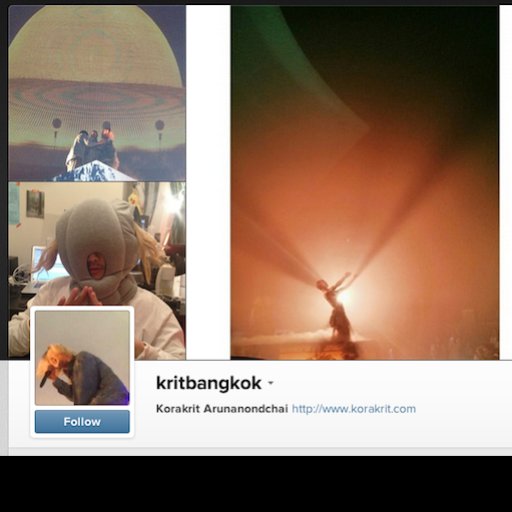Dan Agam is a published and international award winning photographer. He is a graduate of Columbia College in Chicago where he received his Bachelor of Fine Arts degree. He has photographed the people and places of over a dozen countries and is always shooting new work.
Courtesy of the artist
Interview with the Artist
1. Why did you decide to become a photographer?
Mainly because I wasn't pretty enough to stand in front of the camera. Truth is, I originally wanted to be a film editor but quickly realized it was the art of storytelling that intrigued me. With editing I felt that by having control over the pacing and fluidity of a piece I could make the viewer see and feel exactly what I wanted. It was only after a photography course and the encouragement of my professor that I realized I could achieve something similar with my camera.
2. What was your first camera?
It was a Canon G9. It was right before I went backpacking for four months and I decided I didn't want to lug around something bulky and heavy I wanted something compact that would also allow me to shoot quickly without drawing too much attention. Now that I work with a DSLR, I sometimes find myself missing the simplicity of a point and shoot.
3. Who are your influences?
Richard Avedon is definitely someone who made me want to experiment with portraiture. I had the opportunity to see one of his exhibits a few years ago in Paris and found myself in awe of his work. I remember looking at his photographs of celebrities, people we've all seen hundreds of times and he was able to reveal an intimate side of them that most people had never seen before. It was beautiful.
4. You take photographs of people and places. Which subject do you prefer? How does your approach to your subject differ?
I think people in creative fields try to always keep one eye open for something that's inspiring and in my situation, visually impressive. It could be a pretty garden or it could be a man with a face made up of sunspots and wrinkles. My gut always tells me when I'm looking at something that works and deserves exploring. At that point, it's a matter of picking up the camera and making it mine.
In the past few years I've pushed myself to have more control over what I shoot. Weather, crowds, along with an endless list of other things can make shooting landscapes a challenge. A lot of the time I find myself crossing my fingers, toes, and eyeballs in hopes that it all works out. But with studio work, everything is entirely at my control—the subject, lighting, colors; it's like a painting.








